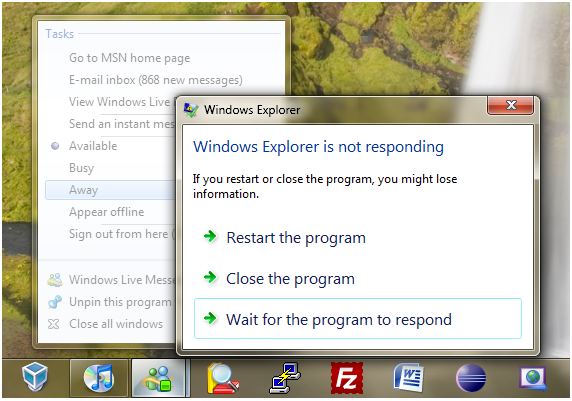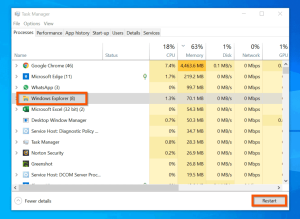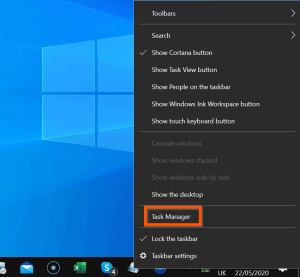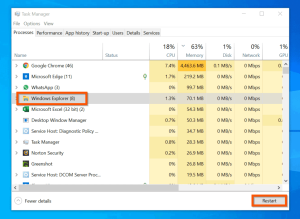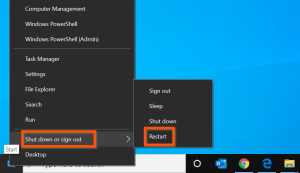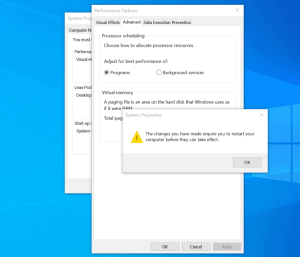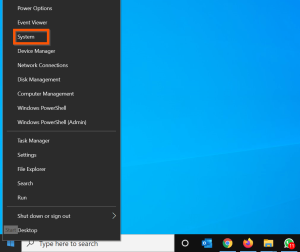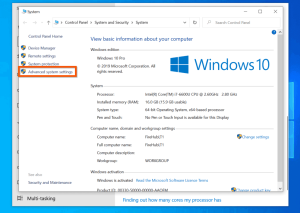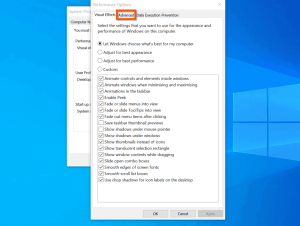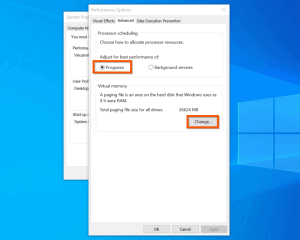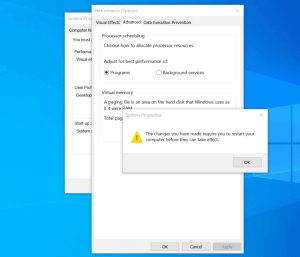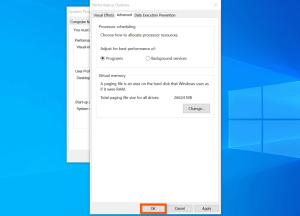Users can use File Explorer to access files and folders on their hard drives. However, some users have reported that their file explorer does not respond when they browse files saved on the hard drive, which is highly inconvenient. This article will show users nine ways to resolve the file explorer not responding issue in Windows 10.
What Is a File Explorer?
File Explorer, also known as Windows Explorer, is a file manager included with Windows. Microsoft introduced it with the launch of Windows 95. Users can easily access and manage drives, folders, and files with a graphical user interface.
File Explorer is also the operating system component that displays many user interface items on the monitor, such as the taskbar and desktop. There are numerous ways to access the file explorer in Windows 10. Check out this post: Get Help with File Explorer in Windows 10 to learn how to use it effectively (with detailed steps).
However, many users have reported that when they try to launch Windows Explorer, it does not respond. This post summarises the top 9 solutions for the File Explorer Not Responding issue, complete with detailed instructions and screenshots. Try them now if you’re having problems with Windows Explorer not responding.
Start the Windows Explorer process again.
- Restarting Windows Explorer is my first recommended solution for the “Windows 10 file explorer not responding” error. The steps are as follows…
- Right-clicking a space on the taskbar will select Task Manager.
- Locate and click Windows Explorer in Task Manager’s Process tab (which opens by default). Then, in the lower right corner, click Restart.
- Before moving on, try repeating the steps that previously resulted in the error message. If the error persists, proceed to the following recommended solution.
- Restart your computer and install any outstanding updates.
- In addition, pending Windows updates may cause the “Windows 10 File Explorer not responding” error. One solution is to restart your computer and select “Restart and Install Pending Updates.” If there is no pending update, choose the Restart option.
- Advanced System Settings can be used to optimize the PC.
- A lack of virtual memory may result in a File Explorer Not Responding. One method for resolving the error is to optimize the computer. Follow the steps outlined below.
- Select System from the Windows 10 Start menu.
- Scroll down to Related settings and click System info on the System About page.
- Click Advanced system settings in the left pane of the System page.
- Then, click Settings on the Advanced tab in the System Properties-Performance section. The Performance Options window will appear.
- Click to see the Advanced tab on the Performance Options screen.
- Make sure that Adjust for best performance is set to Programs on the Advanced tab. Then, under Virtual Memory, click Change.
- Finally, on the Virtual Memory screen, ensure that Automatically manage paging file sizes for all drives is checked to resolve the “Windows 10 file explorer not responding” error. Then press the OK button.
- A notification pop-up will appear; click OK. Then, on the Performance Options screen, press the OK button.
- Restart the PC for the changes to take effect. Then, repeat the previous task that caused the file explorer error. If the problem persists, proceed to the next solution.
Use System File Checker and DISM to scan your system files.
The “Windows 10 File Explorer Not Responding” error could be caused by missing or corrupted Windows operating system files. To try to solve the problem, follow the steps below.
Run the command prompt with administrative privileges. Then, type the following command on the command prompt and press enter.
Dism /Online /Image Cleanup /RestoreHealth
Wait for the command to finish. Then type this command and hit enter.
ScanNow / SFC
When the second command completes, restart the computer to see if the “Windows 10 File Explorer is not responding” error has been resolved. If not, try the final solution below.
Windows 10 Reset
If you still get the “Windows 10 file explorer not responding” error after trying the four fixes above, follow the steps below to repair Windows 10.
- Select Settings from the Start menu by right-clicking it.
- Then, in Windows Settings, navigate to Update & Security.
- Click Recovery in the left pane of Windows Update.
- Finally, click Get started under Reset this PC on the Recovery settings screen. Then follow the wizard’s instructions.
ALSO SEE: Connections to Bluetooth Audio Devices Issue on Windows 10
Fix File Explorer Not Responding In Windows 10
Windows 10 Mobile Hotspot Not Working
When you see the screen where you can choose whether to keep or delete your files, choose to support them. One of the solutions in this guide should resolve the “Windows 10 file explorer not responding” issue!
